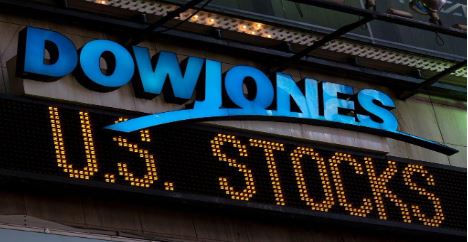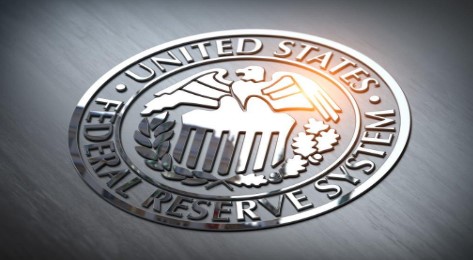Following the March jobs report, which showed a resilient economy and moderate inflation, S&P 500 futures and Treasury yields increased on Friday. S&P 500 futures gained 0.2%. Dow Jones Industrial average futures added 64 points. Nasdaq-100 futures rose 0.1%. The 2-year Treasury yield jumped 17 basis points to 3.99%. The 10-year Treasury yield added 12 basis points to 3.41%. (One basis point equals 0.01%, and yields move inversely to prices.) The U.S. added 236,000 jobs in March, about in line with expectations, with the unemployment rate falling to 3.5% from 3.6% a month earlier. Based on the consensus estimate from Dow Jones economists, expectations were for a 238,000 increase in non-farm payrolls. Those same economists anticipated the unemployment rate to hold steady at 3.6%. Average hourly earnings increased by 4.2% on a 12-month basis, the lowest level since June 2021. The New York Stock Exchange is closed for Good Friday so regular trading won’t begin until Monday. Futures and bond trading close early on Friday.
The S&P 500 lost 0.1% for the week that ended Thursday, breaking a 3-week win streak as a series of weak labor data points hinted to investors that a recession could be near. The Nasdaq Composite was down 1.1% for the week, while the Dow squeaked out a small gain. Earlier this week, ADP said private payrolls slowed significantly in March, Labor Department data showed job openings falling to the lowest in nearly two years, and weekly jobless claims came in higher than expected. Friday’s jobs report contradicts that weak data and will likely divide investors. Some may like the resilient economy, while others may not mind a slight weakening in the labor market to get the Federal Reserve to back off its ongoing tightening campaign. The Fed’s next decision on interest rates is May 3.











